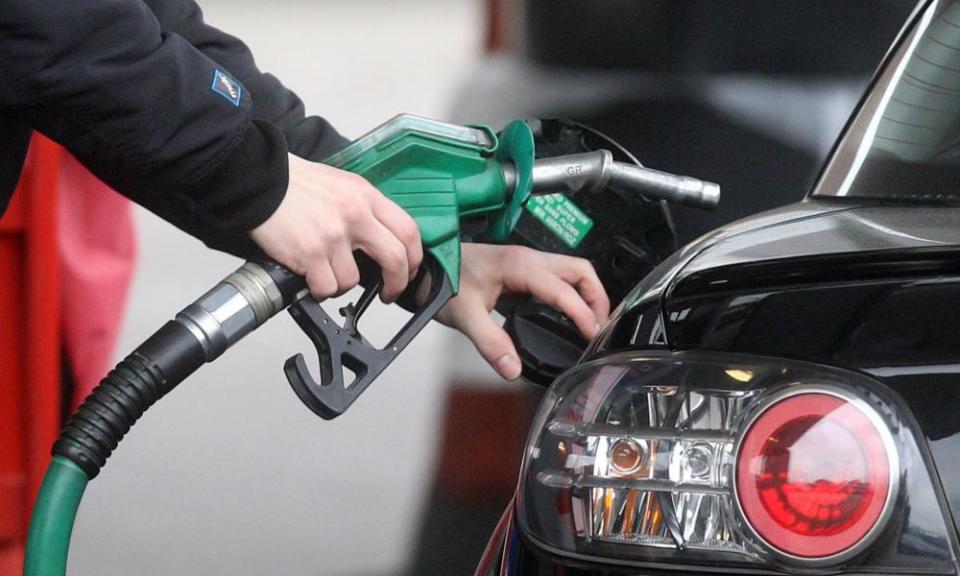UK inflation driven up by rising cost of petrol and clothes
WATCH: Fuel and fashion costs drive rate of inflation back to 0.7% in March
UK inflation jumped in March, driven by the higher cost of petrol and clothes in a signal that prices are moving to an upward trajectory as the economy recovers from the coronavirus pandemic.
The Office for National Statistics (ONS) said the consumer prices index rose to 0.7% last month, up from 0.4% in February. The increase was slightly below the 0.8% forecast by City economists.
However, the cost of food fell back on the year, as some staples such as bread, cereals and chocolate biscuits were cheaper than at the start of the pandemic.
Economists expect inflation to rise further after lockdown amid a burst of pent-up demand for goods and services, fuelled by £180bn in additional savings built up by mainly wealthier households while large parts of the economy were closed.
Andy Haldane, the Bank of England’s outgoing chief economist, has likened the risks from inflation to a “tiger” that could be easily roused, raising the prospect of higher interest rates from the central bank. To keep inflation low and stable, the government sets Threadneedle Street a target to steer inflation to 2%.

The Bank forecasts inflation will reach 1.9% by the end of 2021. However, many economists expect it will exceed the 2% target before then. Supply pressures linked to disruption to global trade – caused by Covid-19 restrictions and Brexit – are also expected to push up inflation, as well as the increase in Ofgem’s energy price cap in April, rising oil prices and the end of the government’s VAT cut for hospitality and tourism.
The ONS said an increase in the price of petrol to 123.7 pence a litre in March, up by 4.3 pence from the same month a year ago, helped to drive up inflation last month as global oil prices rose.
Clothing and footwear prices also increased. The ONS said clothes prices would usually follow clear seasonal patterns when shops launch sales periods but the Covid crisis has drastically altered usual spending trends. Retailers cut their prices in February amid delays selling off winter stock because of renewed lockdown measures but eased up on sales in March, leading to a jump in recorded prices.
Paul Craig, a portfolio manager at Quilter Investors, said the UK economy had reached a turning point where inflation is on an upward trajectory.
“From here, inflation may tick markedly higher if the steady drip of consumer spending morphs into a waterfall as lockdown restrictions are lifted and households spend some of their accumulated pandemic savings,” he said.
“But consumers turning on the spending taps once again shouldn’t evoke too much concern at the Bank of England. Even once restrictions are lifted, we will still be living in economically abnormal times, and the Bank will give the economy time to normalise before beginning to worry about inflation.”
WATCH: How to prevent getting into debt

 Yahoo Finance
Yahoo Finance 